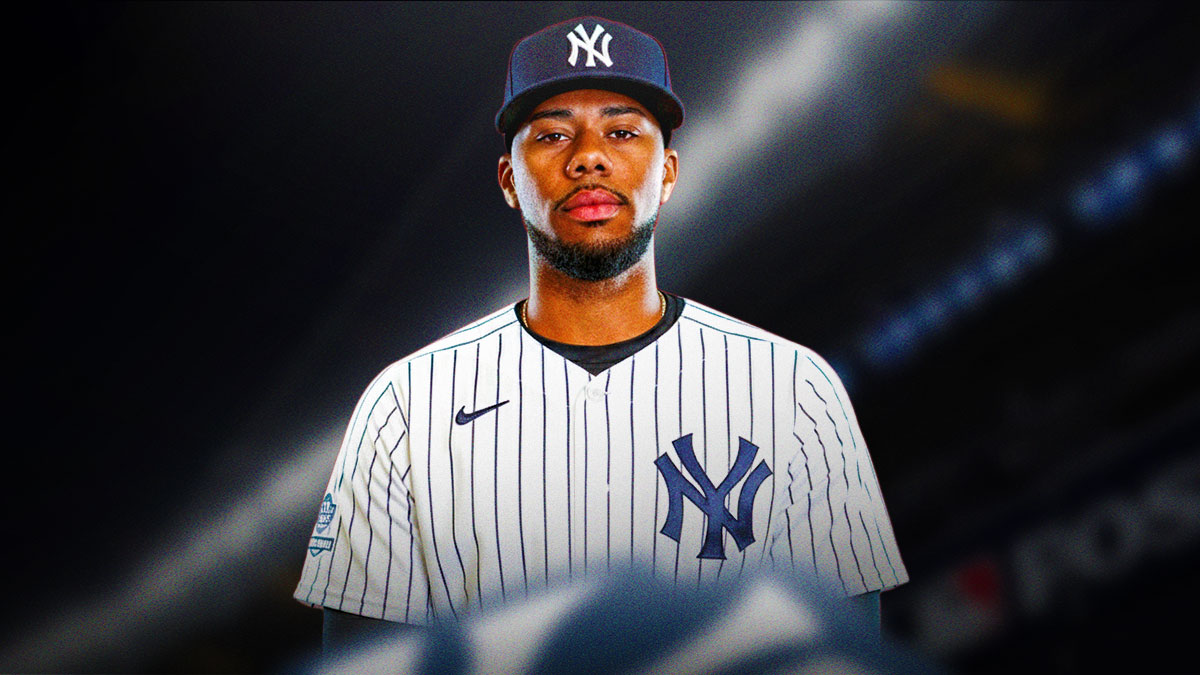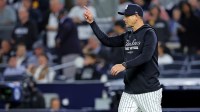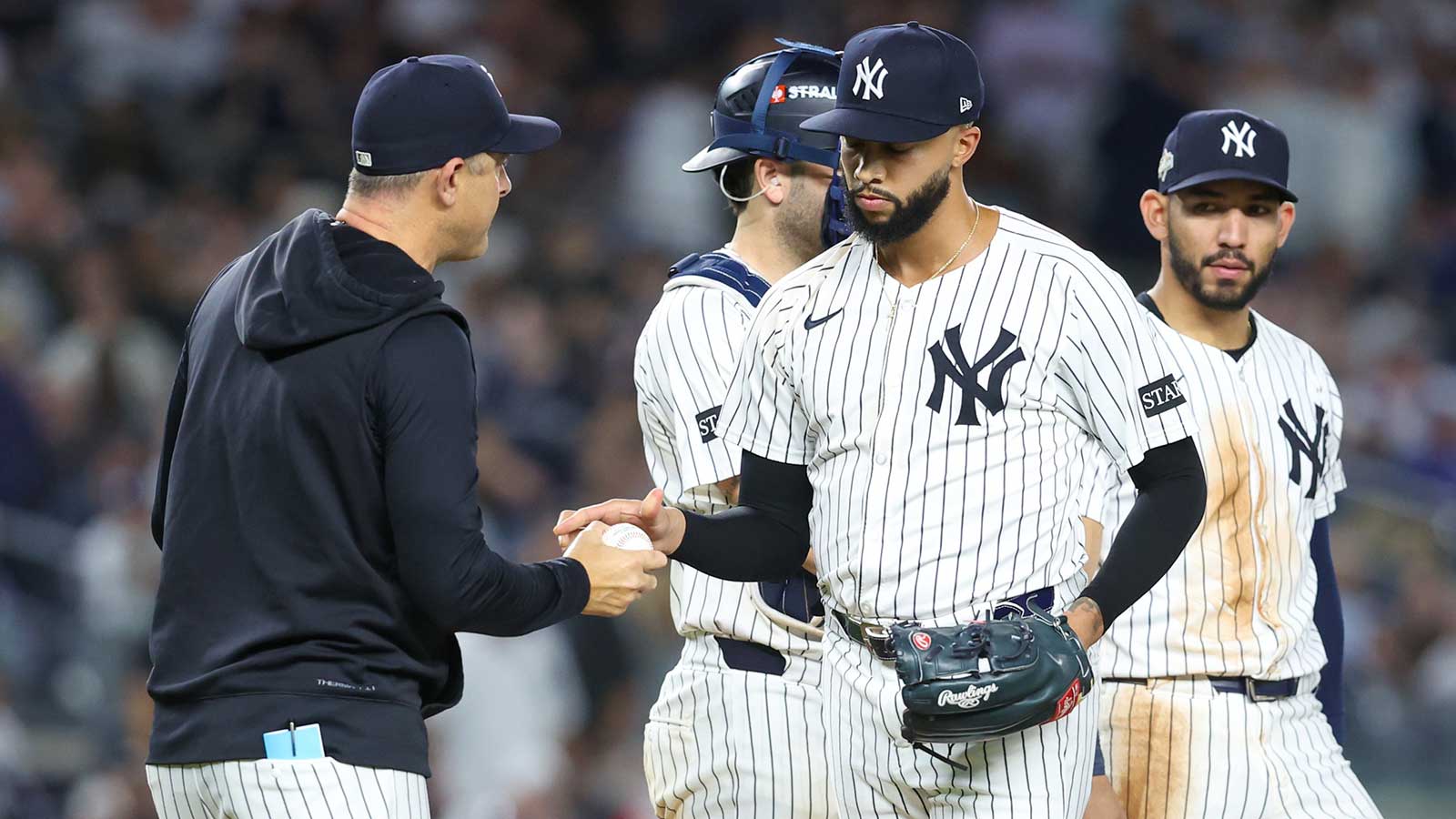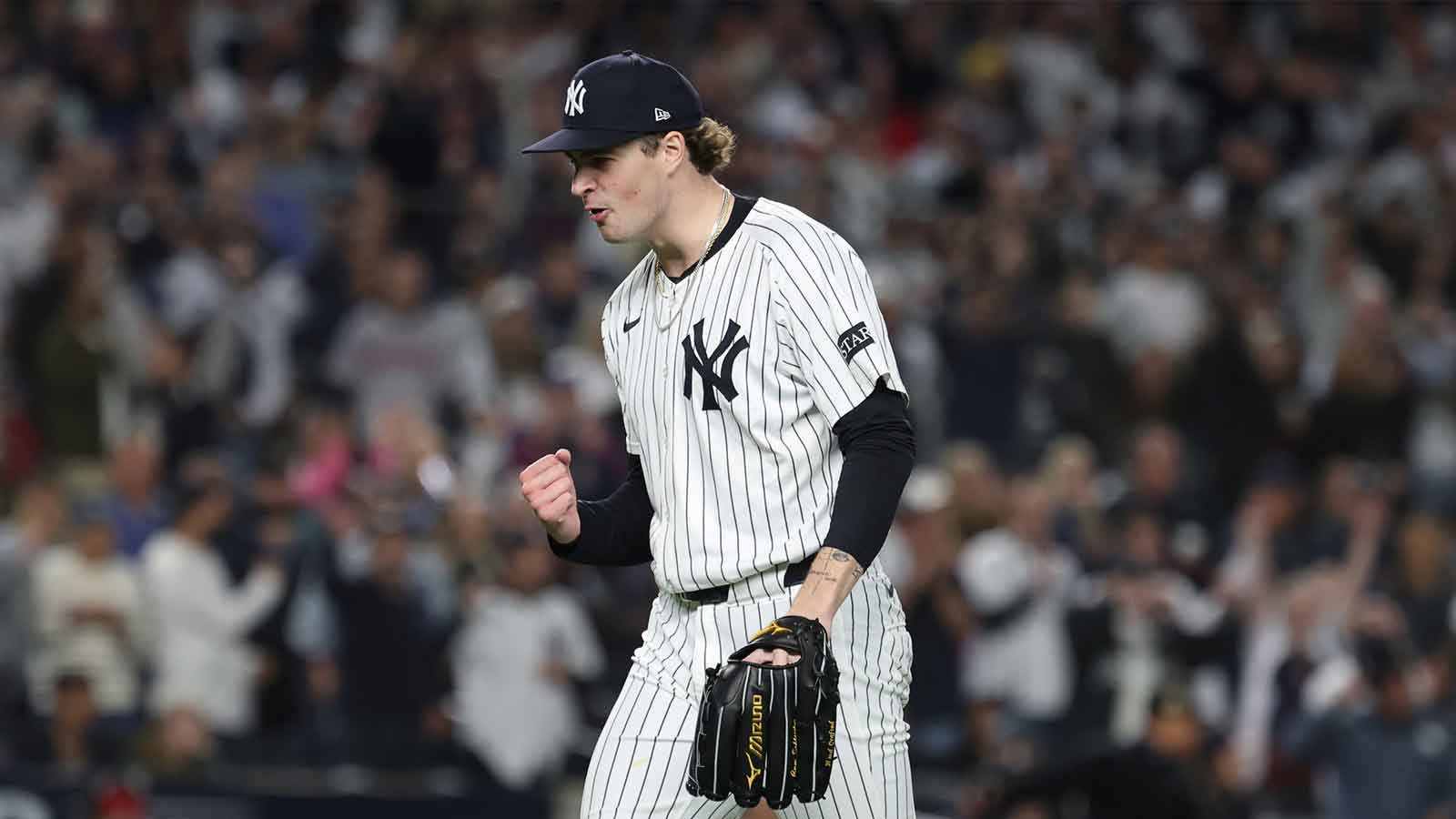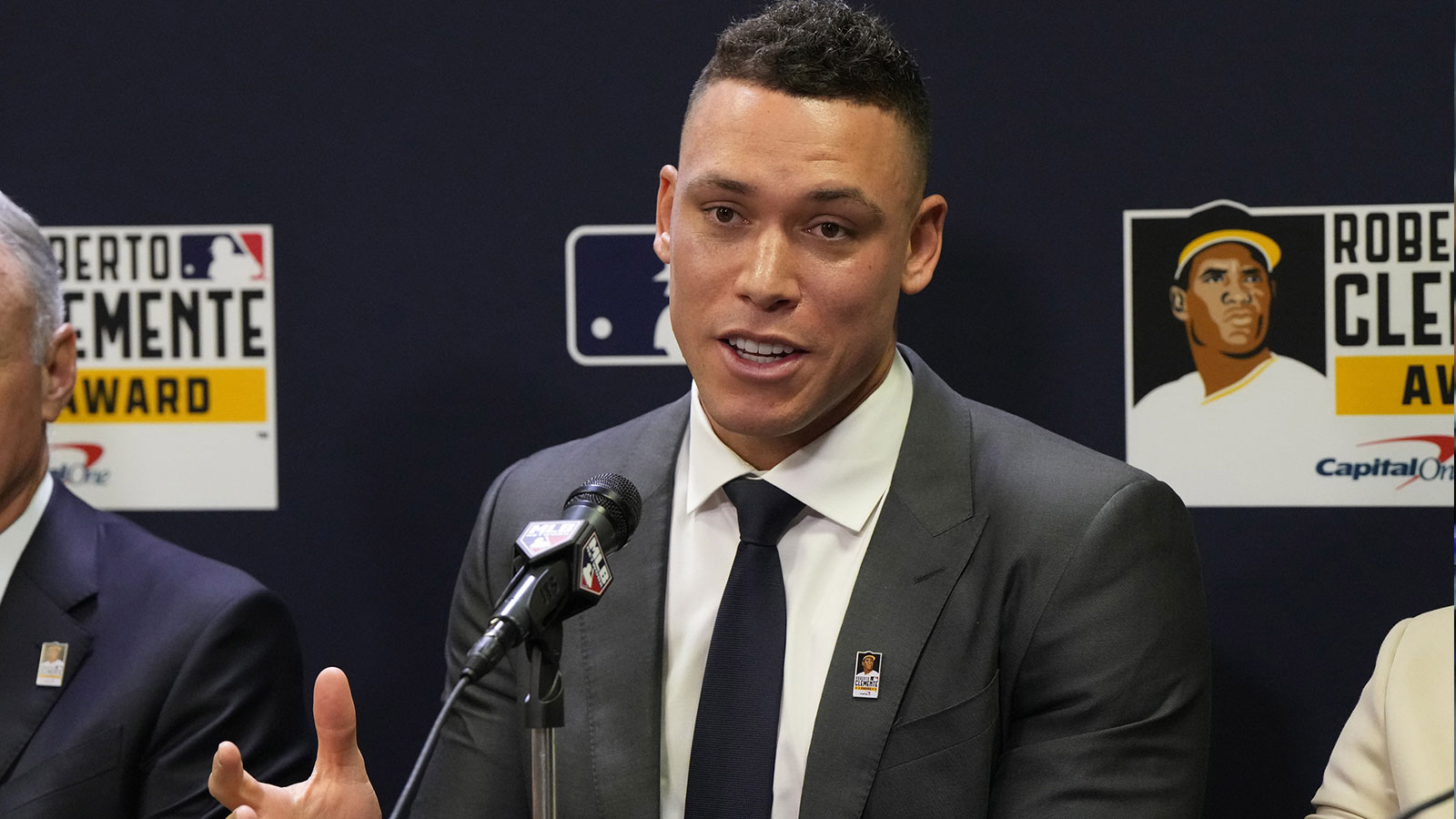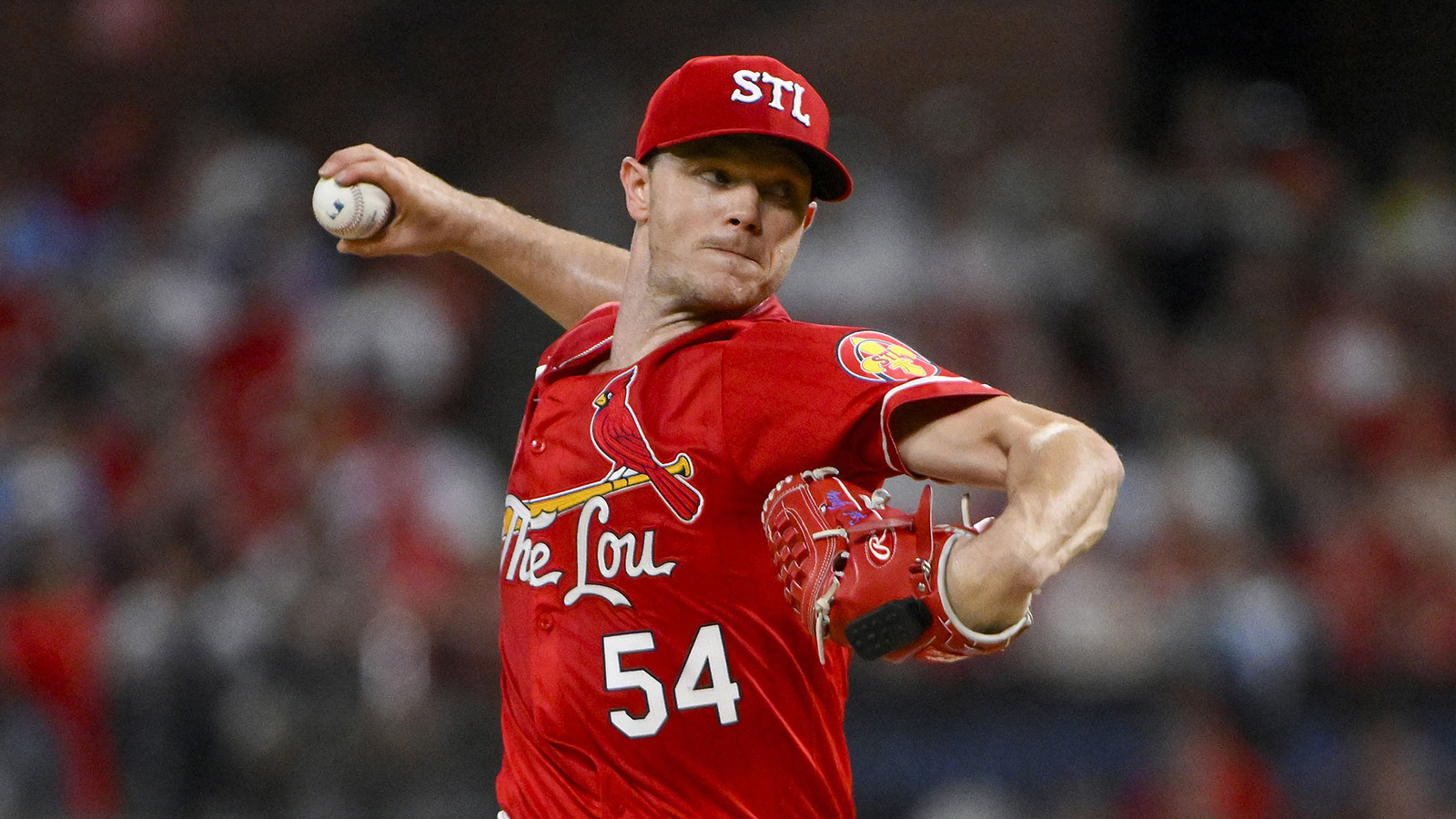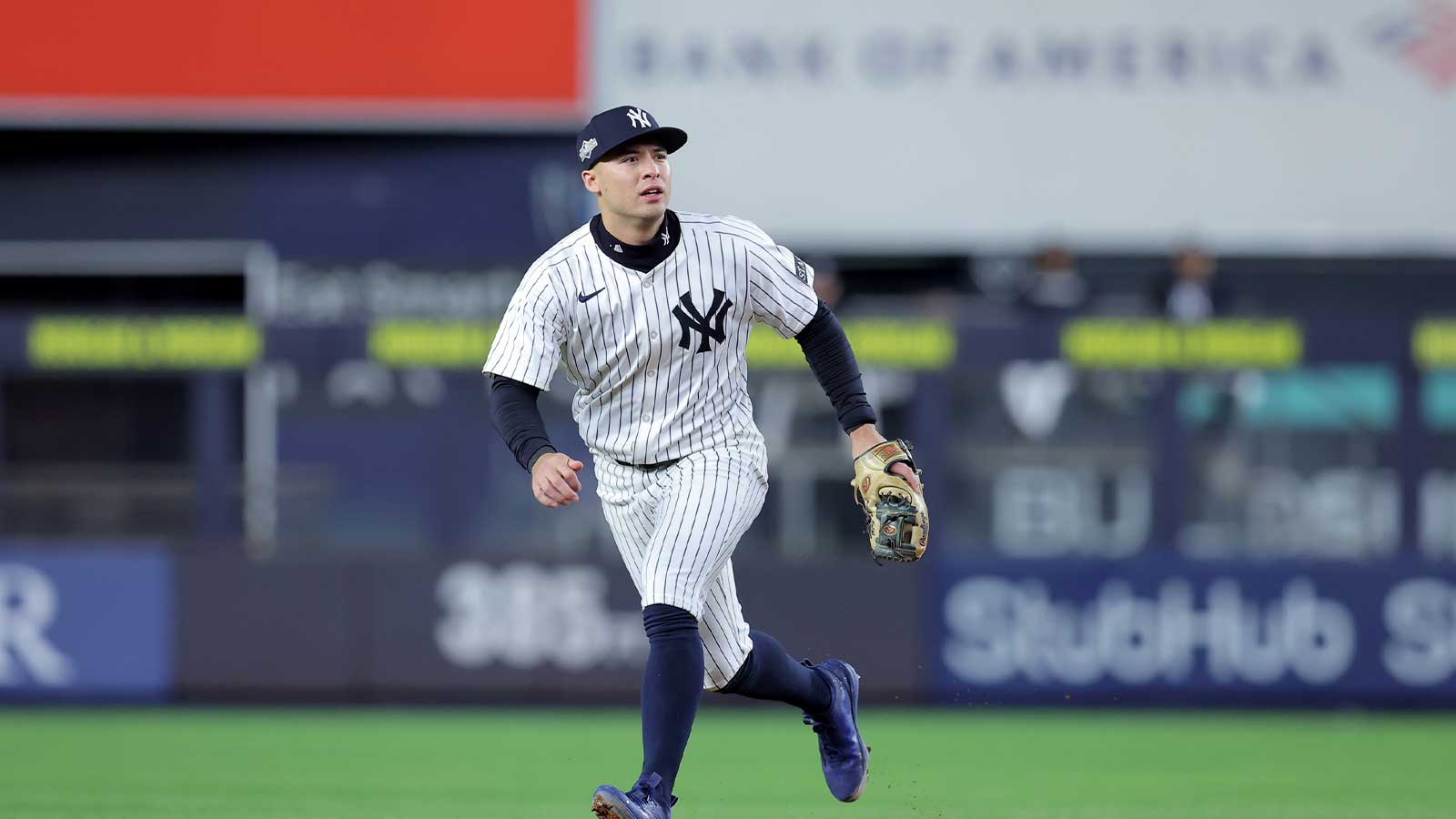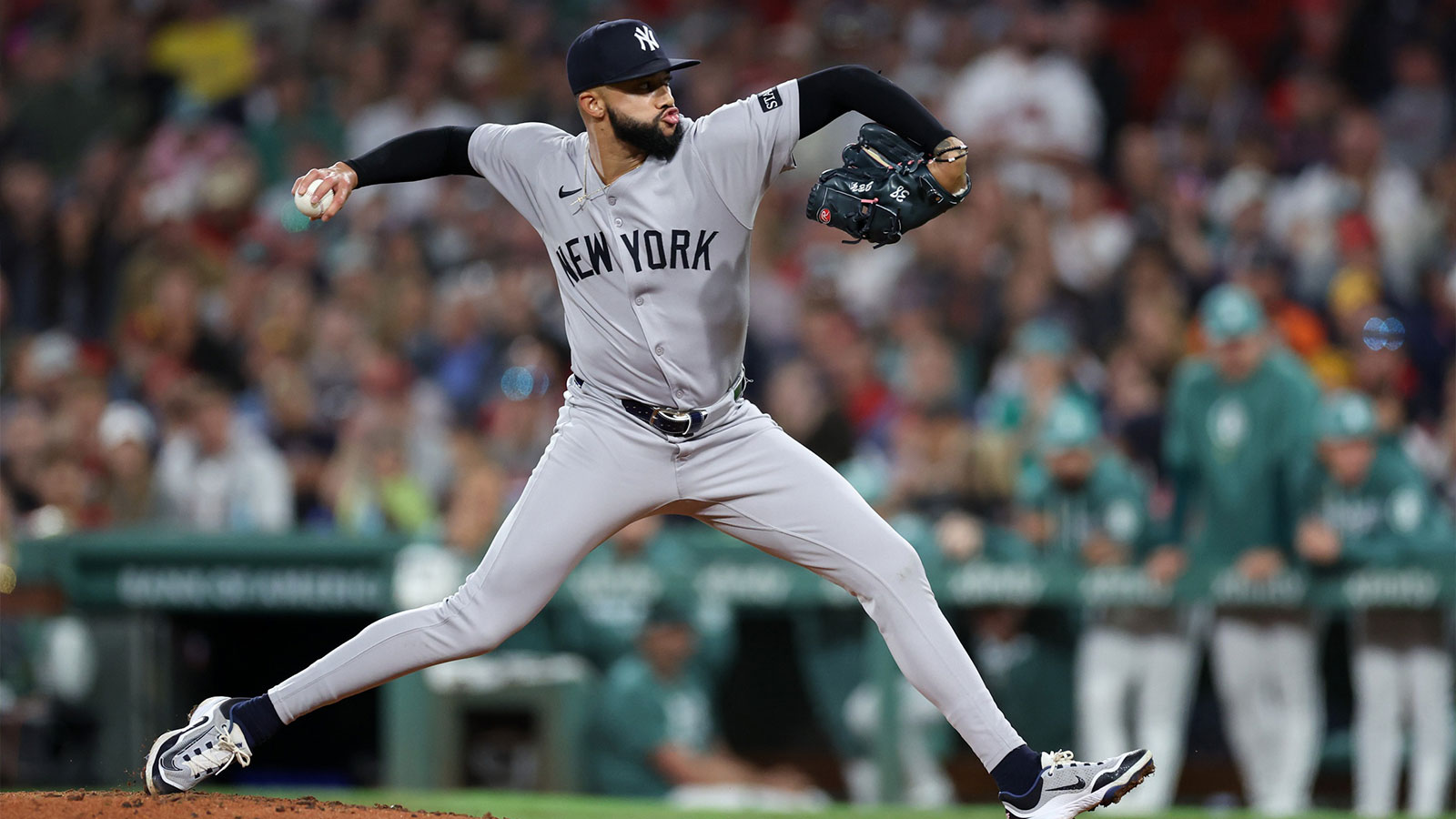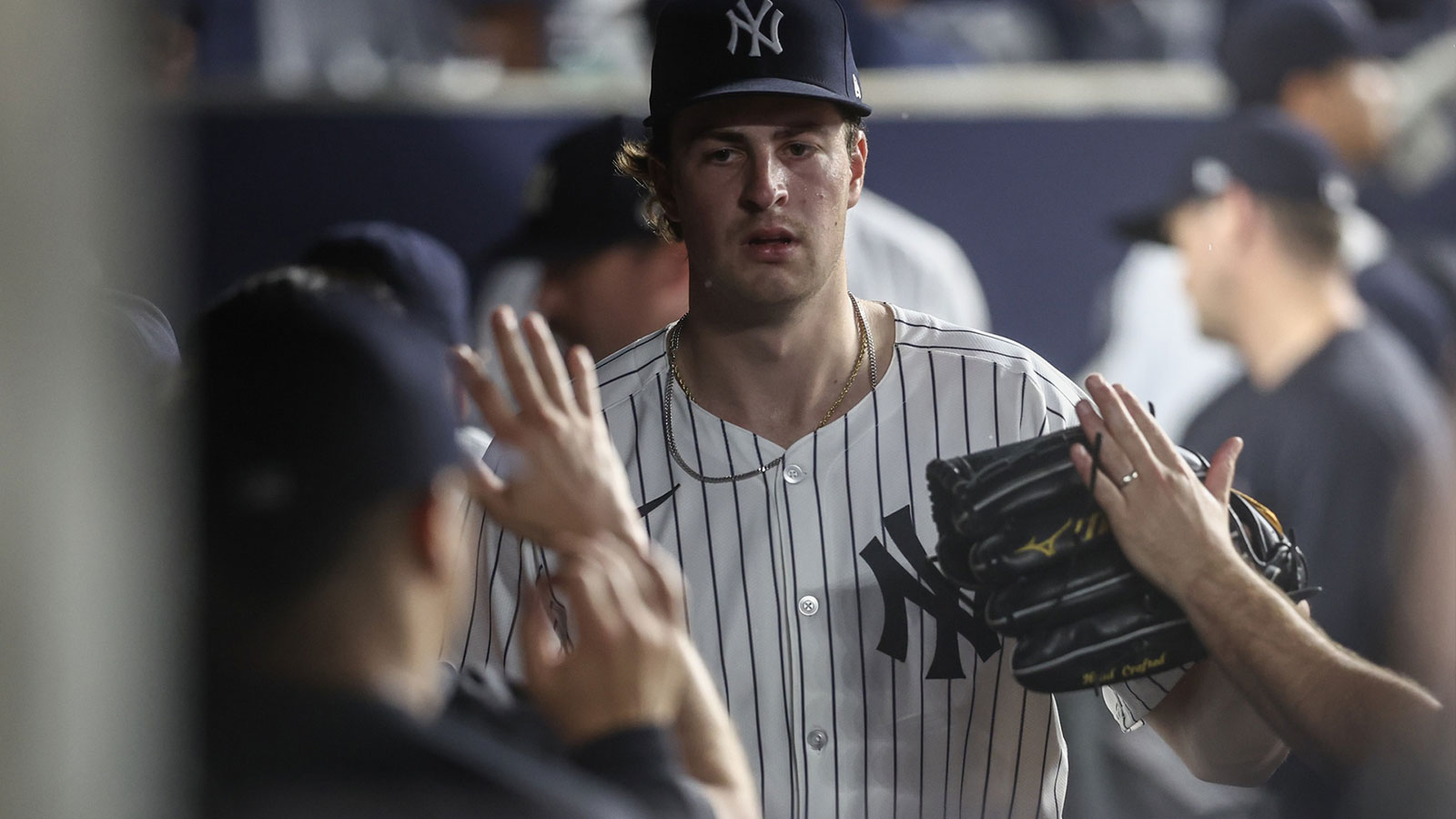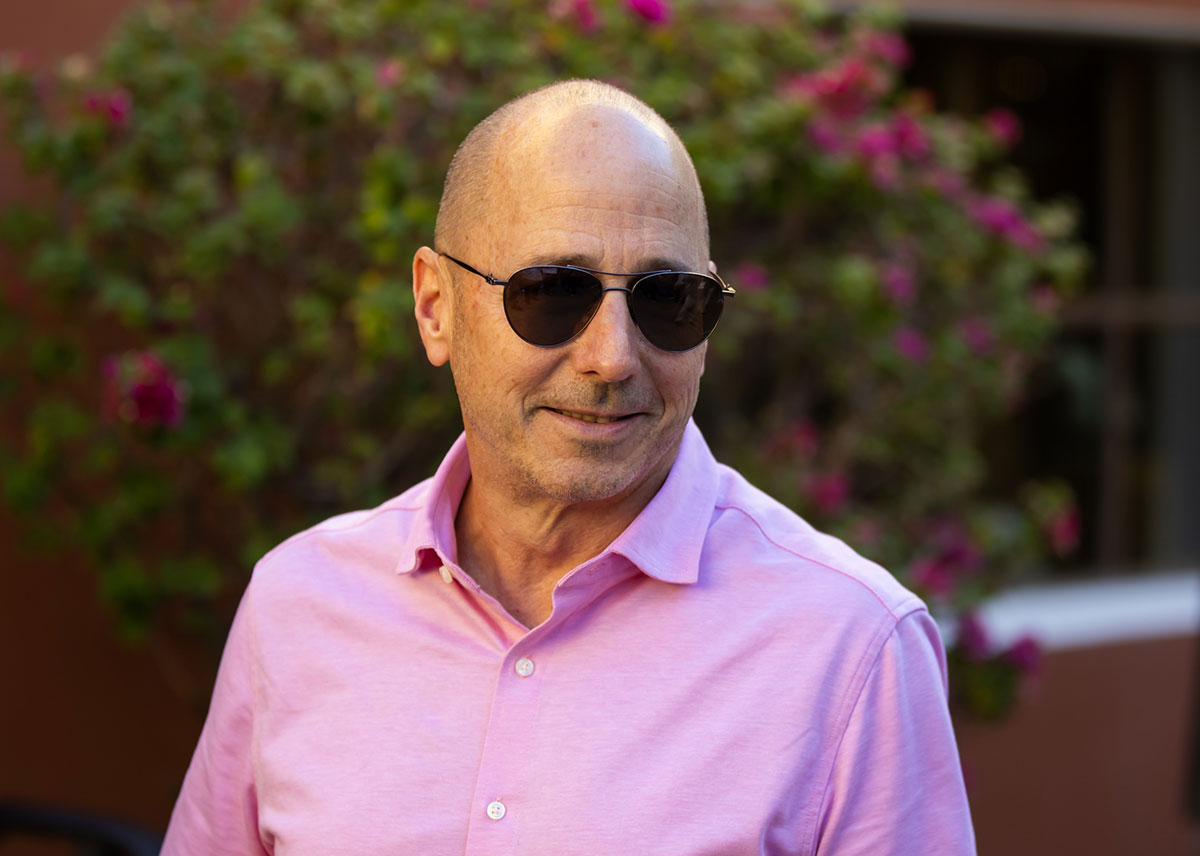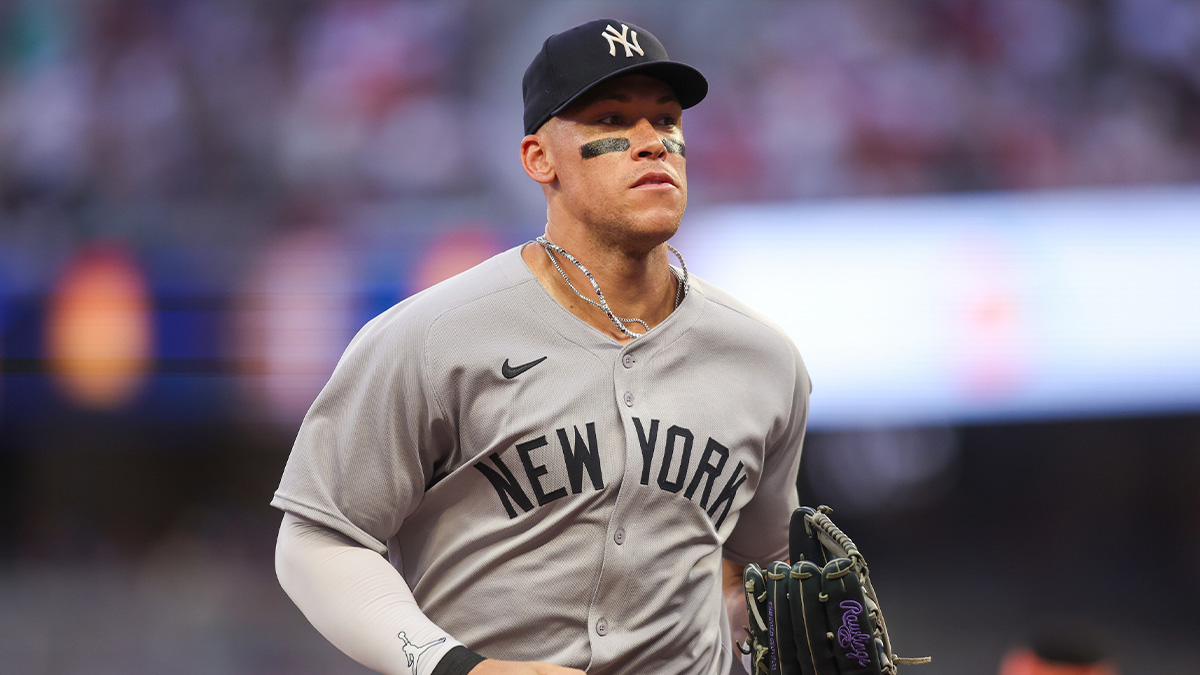The rumor mill surrounding Cincinnati Reds ace Hunter Greene has reached a fever pitch this winter, and if there's any truth to reports that the Reds are seriously shopping their flame-throwing right-hander, the New York Yankees need to be at the front of the line with an aggressive offer. While it seems counterintuitive for Cincinnati to move a pitcher under team control through 2029 who posted a 2.76 ERA with 132 strikeouts in 107.2 innings during the 2025 season, the Yankees can't afford to let this opportunity slip away.
Greene's durability concerns—he's never made 27 starts or pitched 160 innings in a single season—might give the Reds pause about his long-term viability as a workhorse ace. But for a Yankees rotation desperately seeking reliable starting pitching behind Gerrit Cole, who missed all of 2025 recovering from Tommy John surgery, Greene represents exactly the kind of high-ceiling talent that could anchor their staff for the next several years. His six-year, $53 million extension signed in 2023 makes him a cost-controlled asset, paying him just $6 million in 2025 before escalating to $8 million in 2026 and $15 million in 2027. For a Yankees organization accustomed to nine-figure contracts, Greene's deal is remarkably team-friendly.
Why the Yankees Need Hunter Greene
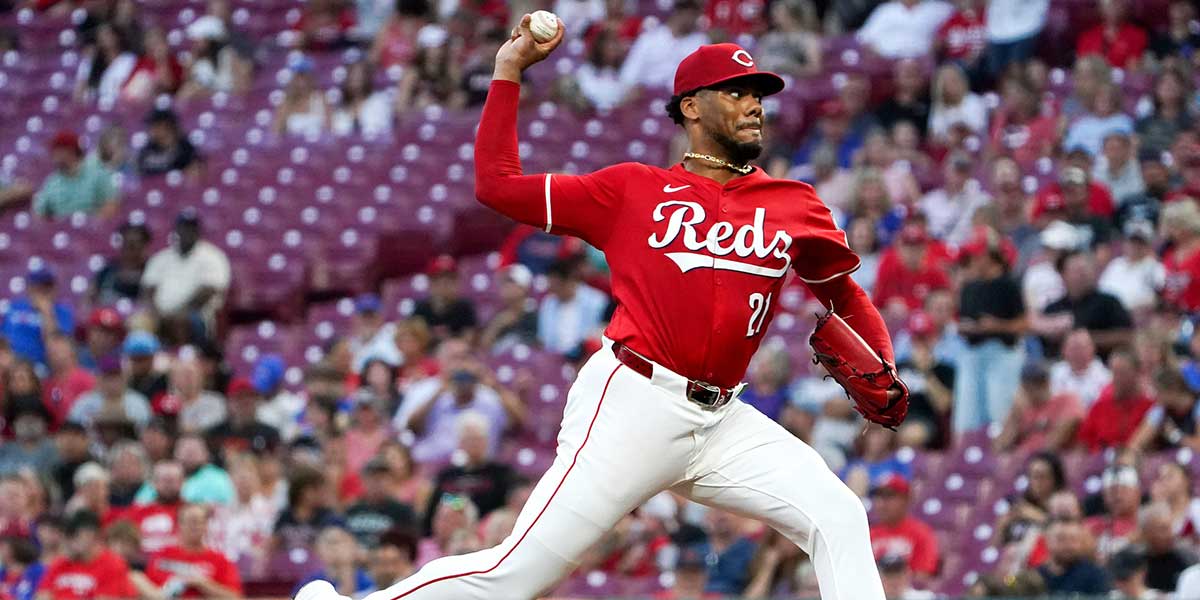
The Yankees' rotation situation heading into 2026 is precarious at best. While Cam Schlittler emerged as a revelation during his rookie campaign, pitching like a frontline starter in his limited appearances and delivering historic performances in the postseason, the organization knows better than to bank entirely on a 24-year-old with just 14 regular season starts under his belt. Max Fried and Schlittler figure to occupy two rotation spots, but beyond them, the Yankees are looking at question marks.
Greene would immediately slot in as the Yankees' number two starter, providing the kind of elite velocity and strikeout ability that plays exceptionally well at Yankee Stadium. His 99.5 mph average fastball velocity in 2025 represents a significant uptick from his 97.6 mph mark in 2024, and his devastating slider combination has proven to be one of the most effective pitch mixes in baseball. His 2.75 ERA across 150.1 innings in 2024 demonstrated he's capable of sustained success when healthy, limiting home runs to just 0.72 per nine innings. That kind of production is exactly what the Yankees need to complement their offense and compete in the brutal American League East.
The Yankees ranked among the most active teams at the 2025 trade deadline. That aggressiveness demonstrates general manager Brian Cashman's willingness to sacrifice prospect capital when the right opportunity presents itself. Greene represents that caliber of opportunity—a pitcher with Cy Young potential still in his mid-20s under team control for multiple seasons.
The Perfect Trade Package
For the Yankees to land Hunter Greene, they'll need to construct a package that addresses Cincinnati's organizational needs while showcasing premium young talent. The Reds rank eighth in MLB Pipeline's farm system rankings and have been vocal about their commitment to building through the draft and player development. However, their offensive production has been anemic, particularly since July 1, when they posted the fourth-lowest slugging percentage and second-lowest ISO in the majors. If Cincinnati is serious about competing in the National League Central, they need immediate offensive help alongside future building blocks.
Here's the trade proposal that makes sense for both organizations:
Yankees receive:
- RHP Hunter Greene
Reds receive:
- OF Spencer Jones (Yankees' No. 4 prospect)
- 3B/2B George Lombard Jr. (Yankees' No. 1 prospect, MLB Pipeline No. 25 overall)
- RHP Carlos Lagrange (Yankees' No. 2 prospect, MLB Pipeline No. 82)
This package addresses both the Reds' immediate and long-term needs. Spencer Jones, the Yankees' 2022 first-round pick, hit .274 with 35 home runs, 80 RBIs, and 29 stolen bases across 438 at-bats in the 2025 minor league season, showcasing the power-speed combination that projects as a middle-of-the-order threat. The 6-foot-6 outfielder posted a .933 OPS and has the athleticism to play center field, though he'll likely settle into a corner spot at the major league level. For a Reds lineup desperate for offensive impact, Jones could debut in 2026 and immediately provide the kind of slugging presence they've been missing.
George Lombard Jr., the centerpiece of the deal, represents the type of premium prospect that only gets moved for a controlled ace. The 20-year-old shortstop finished his 2025 campaign with a .235 average, nine home runs, 49 RBIs, and 35 stolen bases across 473 at-bats between High-A Hudson Valley and Double-A Somerset. While the batting average might not jump off the page, his 13.6% walk rate, advanced plate discipline, and 111 wRC+ at Double-A demonstrate a mature approach at the plate. More importantly, Lombard profiles as an above-average defender at shortstop with plus speed, making him an ideal complement to Elly De La Cruz in Cincinnati's infield for years to come.
Carlos Lagrange, the 6-foot-7 right-hander, has emerged as one of the Yankees' most exciting pitching prospects after touching 102 mph this season. The 21-year-old earned a promotion to Double-A Somerset and landed in MLB Pipeline's Top 100 after showcasing elite velocity paired with improved command. For a Reds organization that prides itself on developing young pitching, Lagrange represents the kind of upside arm that could eventually replace what they're losing in Greene. His advanced pitch mix includes a sweeper and slider that complement his fastball, giving him a legitimate starter's arsenal.
Why This Trade Works for Both Teams
From the Yankees' perspective, this is exactly the kind of calculated risk that championship-caliber teams need to take. Yes, they're surrendering their top prospect and significant organizational depth, but they're acquiring a 25-year-old starting pitcher with four years of team control who throws 100 mph and has demonstrated he can dominate major league hitters. Greene would give the Yankees a formidable one-two punch with Gerrit Cole once he returns from Tommy John surgery, and the financial commitment is manageable given the team's payroll flexibility.
For the Reds, this trade haul addresses their most pressing organizational needs. Spencer Jones provides major-league-ready offensive firepower that could immediately slot into their outfield alongside Austin Hays. George Lombard Jr. gives them a potential franchise shortstop who can develop alongside their young core, and Carlos Lagrange offers high-upside pitching depth to replenish what they're losing in Greene. The Reds would still have Nick Lodolo, Nick Martinez, Andrew Abbott, and Rhett Lowder to anchor their rotation, while dramatically improving their position player depth.
Cincinnati has shown a willingness to extend their young talent—Greene's deal was the largest pre-arbitration contract the Reds have given a player—but if there are medical concerns we don't know about regarding his durability, trading him now while his value is at its peak makes strategic sense. The Yankees, meanwhile, are in win-now mode with Aaron Judge in his prime and a roster constructed for October success.
This trade proposal represents a rare win-win scenario: the Yankees get their frontline starter to pair with Cole and Schlittler, while the Reds acquire three high-ceiling prospects who address their organizational deficiencies. If Brian Cashman is serious about bringing championship number 28 to the Bronx, making an aggressive offer for Hunter Greene needs to be at the top of his offseason to-do list.

